NOAA has issued a summer heat warning covering the entire United States, with their 2025 climate forecast predicting elevated temperatures across every region and no state expected to experience cooler conditions. The warning builds on 2024’s record-breaking heat events. Americans face elevated risks of heat-related illness, energy grid strain, and wildfire activity as persistent climate patterns merge with global warming trends. The agency has identified ten states where conditions will be most severe.
Florida
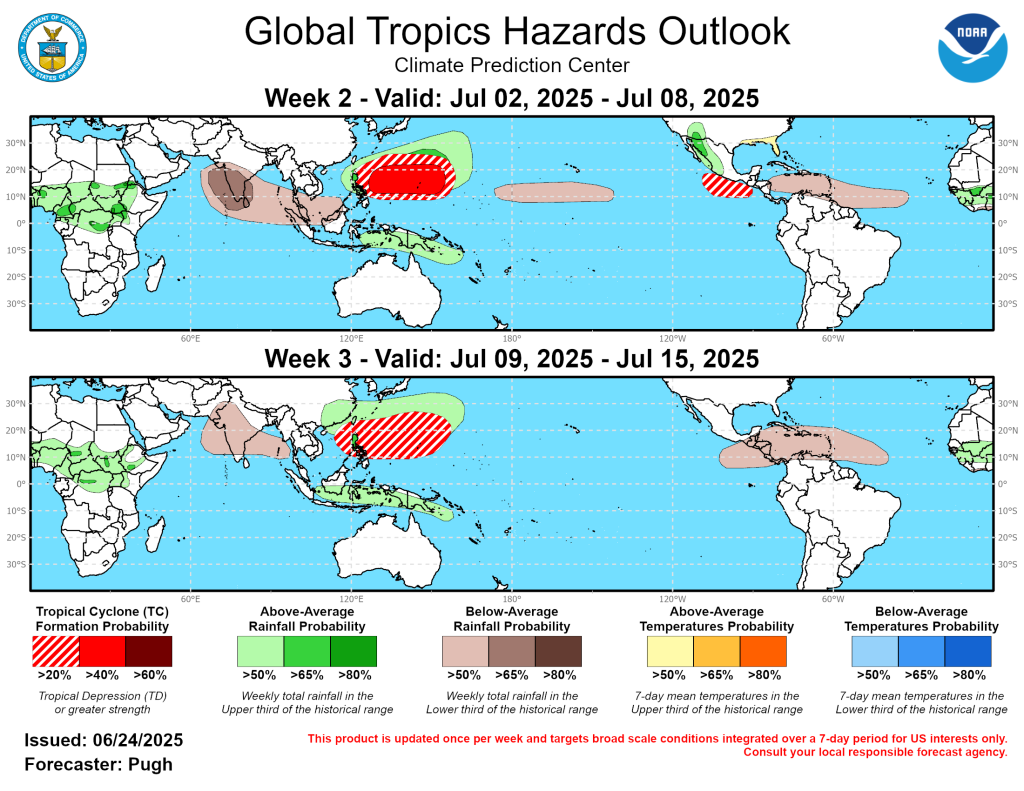
The Sunshine State earned its spot on NOAA’s watch list as one of four regions facing the most extreme heat this summer, with the 2025 forecast showing Orlando alone could see 18-24 days hitting 90 degrees, as reported by AccuWeather. But it’s not just the heat that makes Florida dangerous. High humidity creates a deadly combination, pushing heat index values into territory that can overwhelm the human body. Air conditioning demand has already shattered records statewide. Coastal communities don’t get a break either. Unusually warm ocean waters are fueling more intense thunderstorms and could supercharge any tropical systems that develop.
New Jersey
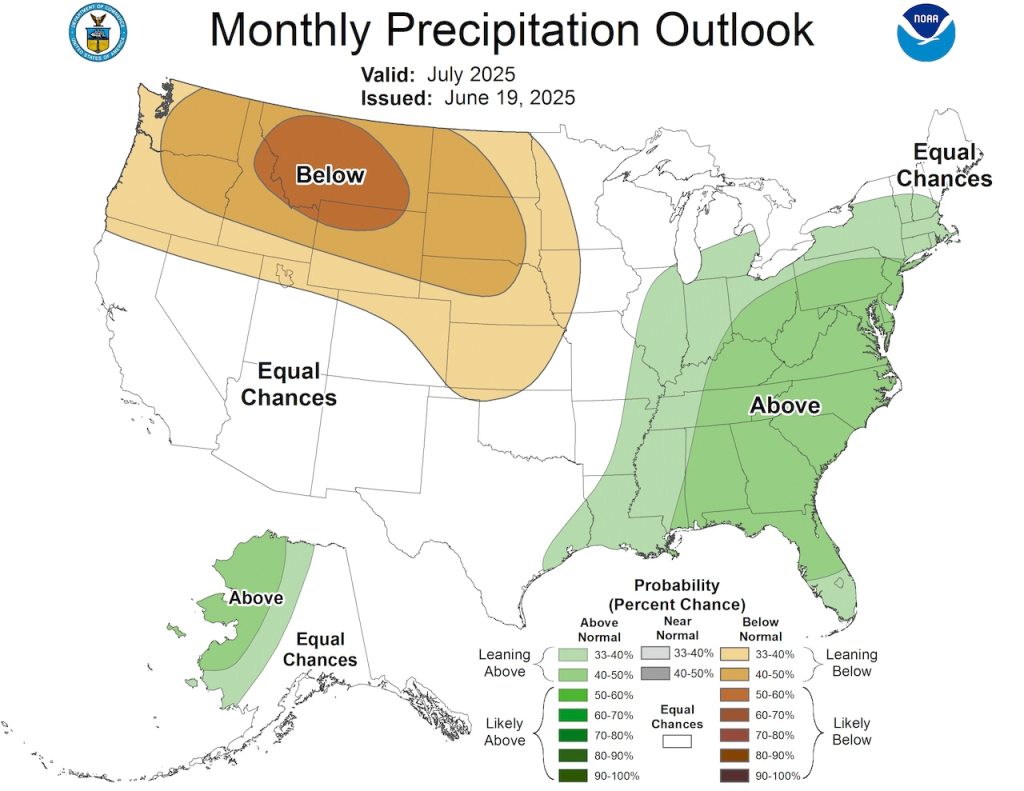
Atlantic City recently saw heat indexes top 100°F. A worrying sign for a state that relies on coastal breezes for relief. The Garden State’s electrical grid is already showing strain during peak afternoon hours when everyone cranks up their air conditioning. Power companies are scrambling to keep up with demand. A wetter summer might sound like good news, but forecasters warn the extra moisture will only make the heat feel worse, according to reports. Towns across New Jersey are opening additional cooling centers and checking on their emergency response plans.
New York
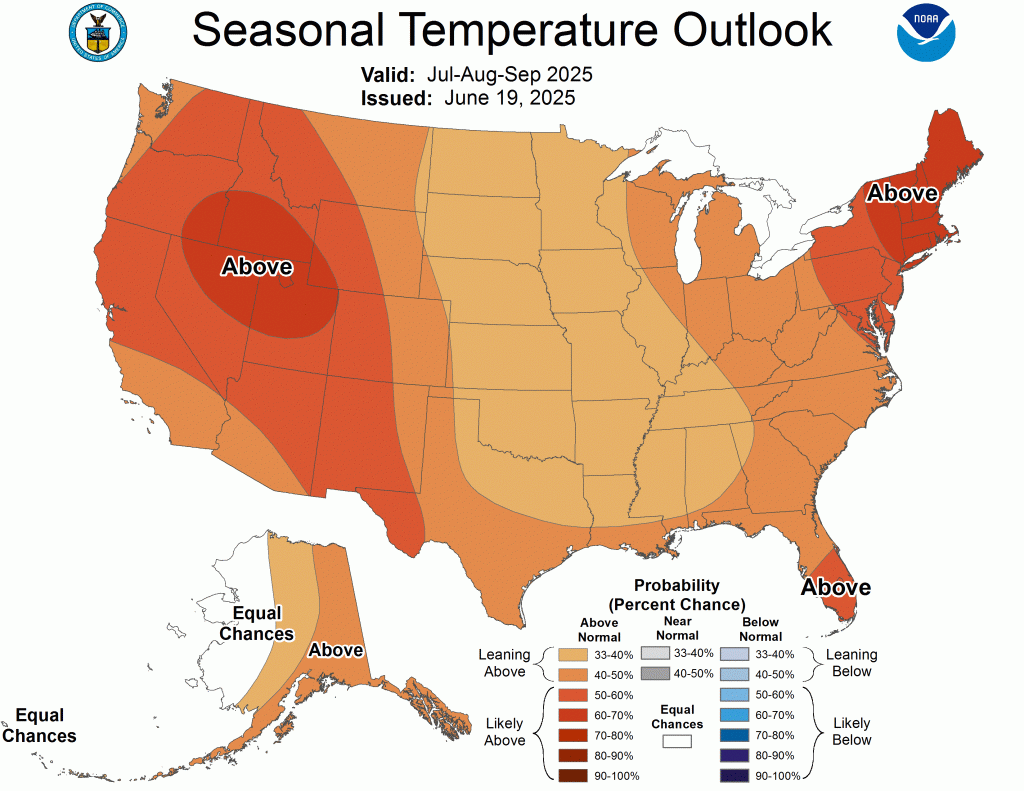
Four straight days of 100-degree heat recently baked New York City, offering a preview of what’s coming. Albany and other upstate cities are bracing for similar conditions. The concrete jungle effect makes urban areas especially brutal, trapping heat long after the sun goes down. Some of the state’s bridges and roads weren’t designed for this kind of sustained temperature stress. Emergency teams are already positioning resources and updating their heat response playbooks.
Read More: Vintage Photos of the US Show What American Cities Looked Like Before Pollution Had to Be Regulated
Connecticut
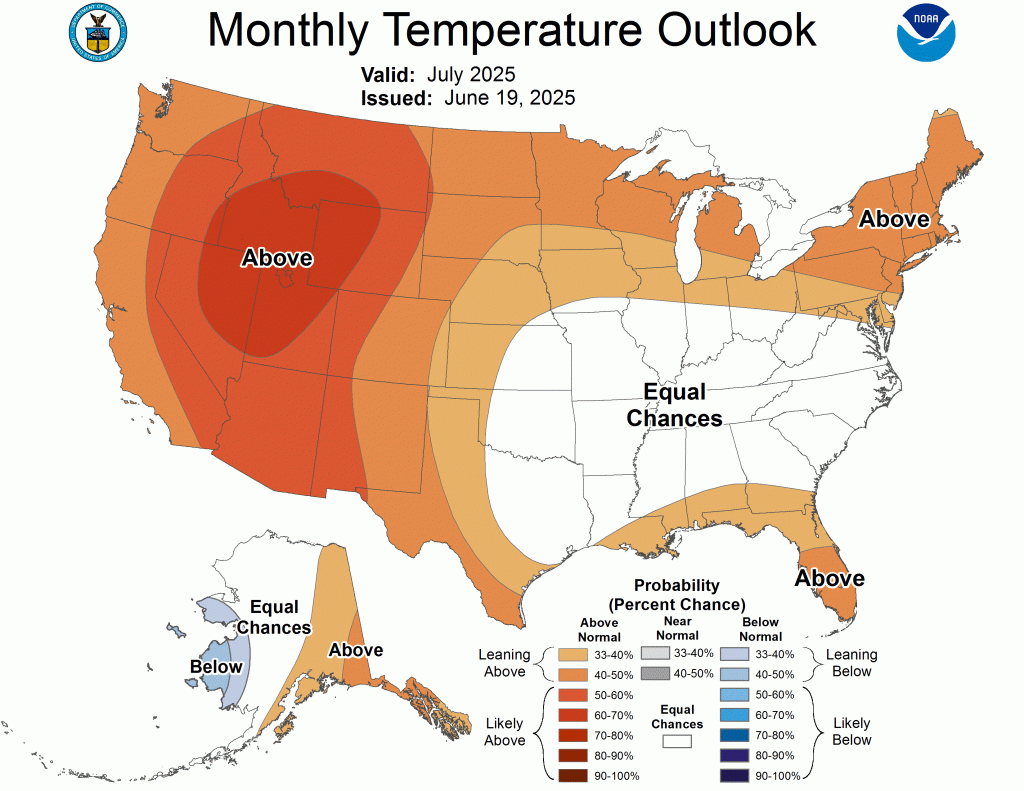
Hartford just experienced its hottest June in 121 years, and peak heat season is just getting started. The heat is driving electricity usage through the roof. Utility companies are warning customers to prepare for bills that could be 35% higher than normal as air conditioners work overtime, reports show. State emergency managers are coordinating with local towns to make sure there are enough safe, cool places for people to escape the heat when it becomes too much.
Massachusetts
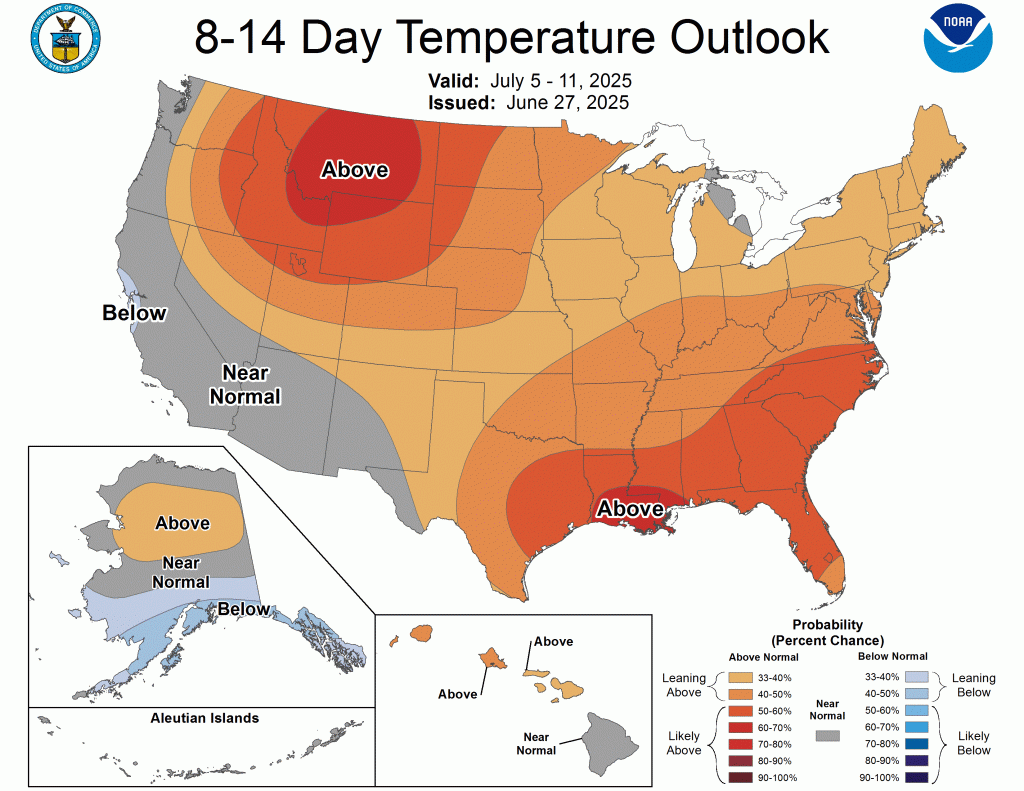
Boston hit 100 degrees during a recent heat wave, and weather experts say that intensity won’t let up anytime soon. NOAA has Massachusetts in the same high-risk category as Florida, the Southwest, and the West for summer 2025, according to their forecast. That puts the Bay State in some serious company. This humidity will make it feel even hotter than the thermometer reads. Older neighborhoods with lots of pavement and few trees face the biggest challenges, especially when the heat sticks around for days at a time.
Rhode Island
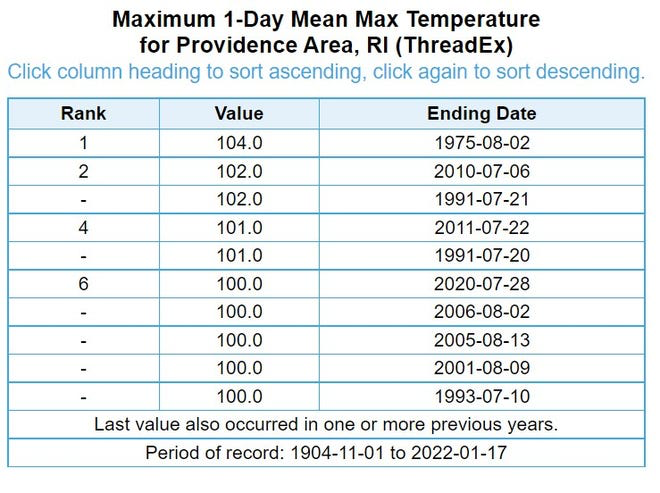
Even with the ocean nearby, Providence has been recording some of its warmest June temperatures in years. The projections show this trend intensifying through August, sources indicate. However, Rhode Island emergency officials aren’t taking any chances, opening cooling centers early and making sure their heat emergency protocols are ready to go. Hospitals are already seeing more heat-related visits.
Read More: Bill Gates Highlights Four Threats Younger Generations Should Fear as Society Changes
Delaware
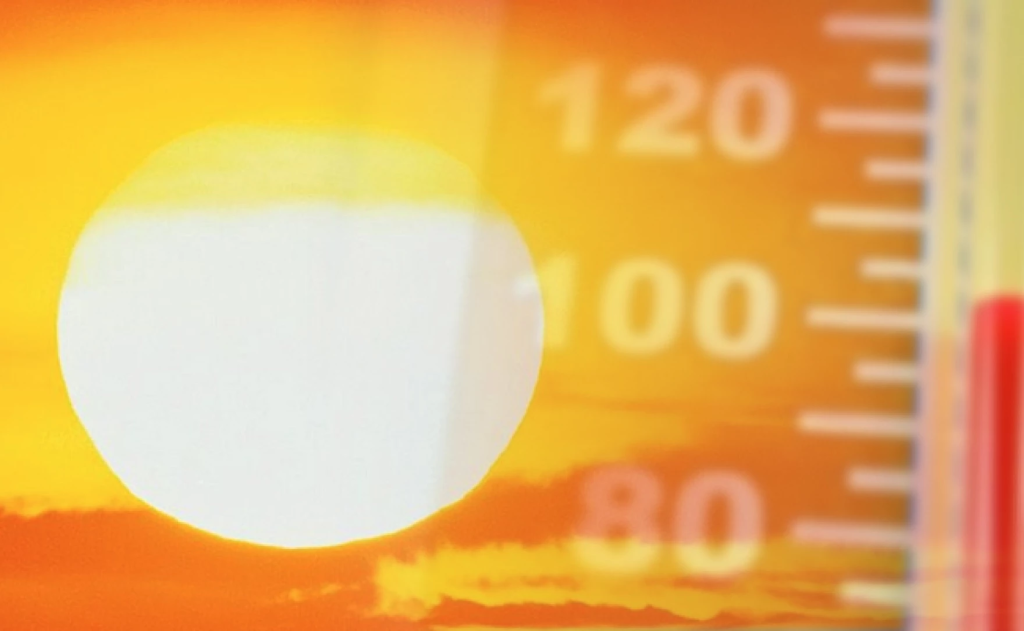
Heat advisories have become routine across Delaware as Dover and other cities bake in temperatures well above what’s typical for the season. Roads are buckling under the sustained heat, and bridges are expanding beyond their normal limits. The state’s outdoor workers face especially dangerous conditions. Meanwhile, Delaware officials are activating emergency protocols and encouraging people to check on elderly neighbors who might not have adequate cooling.
Pennsylvania
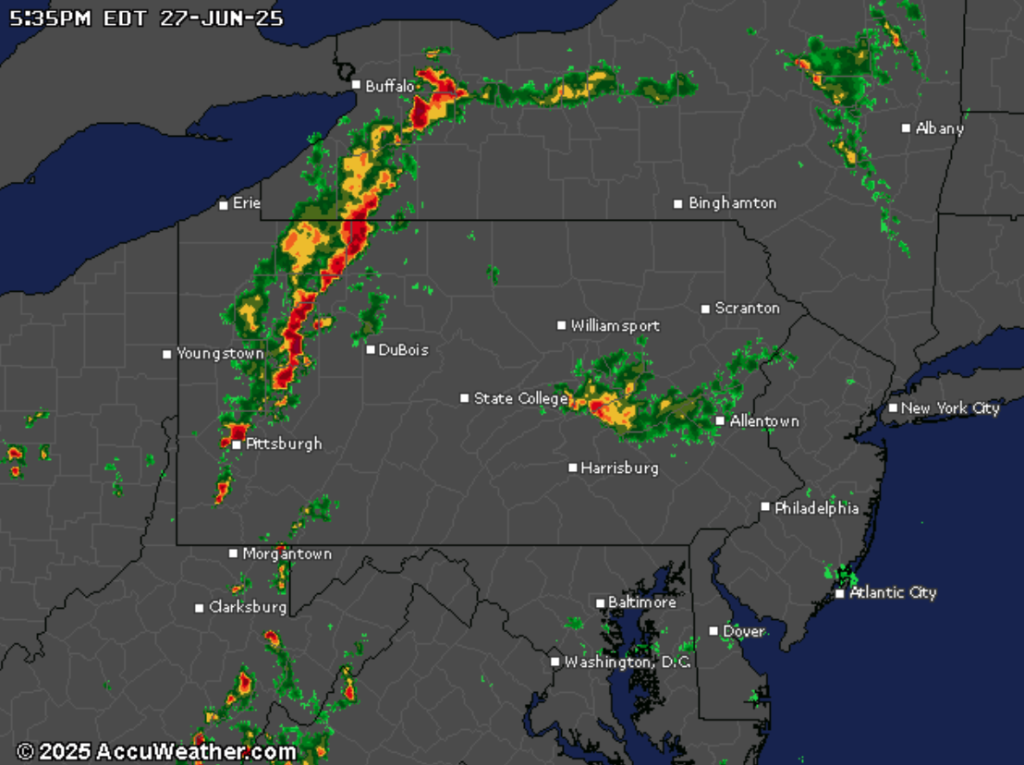
Philadelphia’s 2025 recent stretch of low-90s weather is just the beginning for the Keystone State, according to the summer forecast. Urban heat islands make the cities especially miserable, where all that concrete and asphalt soaks up heat during the day and radiate it back out at night. The extra humidity from a wetter Eastern summer pattern will only make things worse. Energy grid operators are watching demand levels closely and warning about potential strain when everyone tries to stay cool at once.
Read More: New Study Predicts Grim Future for the Arctic by 2100 if Climate Change Persists
Maryland
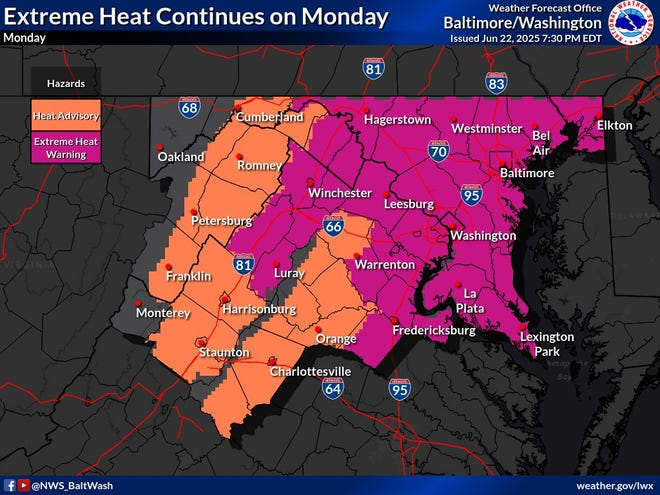
When areas hit 105°F, it sent a clear message about what Maryland residents are facing this hot season. Heat advisories spread across the state as triple-digit temperatures became the norm rather than the exception. Elderly residents face the greatest danger from sustained heat like this. Emergency management teams are working around the clock, setting up additional cooling options and reminding people to stay indoors during the worst heat of the day.
Virginia
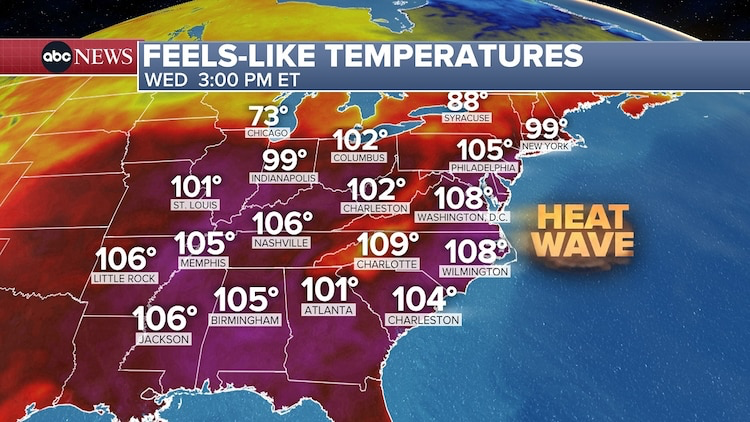
Buckled highways and malfunctioning bridge systems tell the story of Virginia’s infrastructure struggle against extreme heat. From coastal Virginia Beach to the mountain regions, the Commonwealth is dealing with temperatures that push systems beyond their design limits. Roads built decades ago weren’t meant to handle this kind of sustained thermal stress. Both urban areas like Richmond and rural communities are facing the same challenge of keeping people safe when the mercury soars into dangerous territory.
What NOAA’s Summer 2025 Forecast Means for America
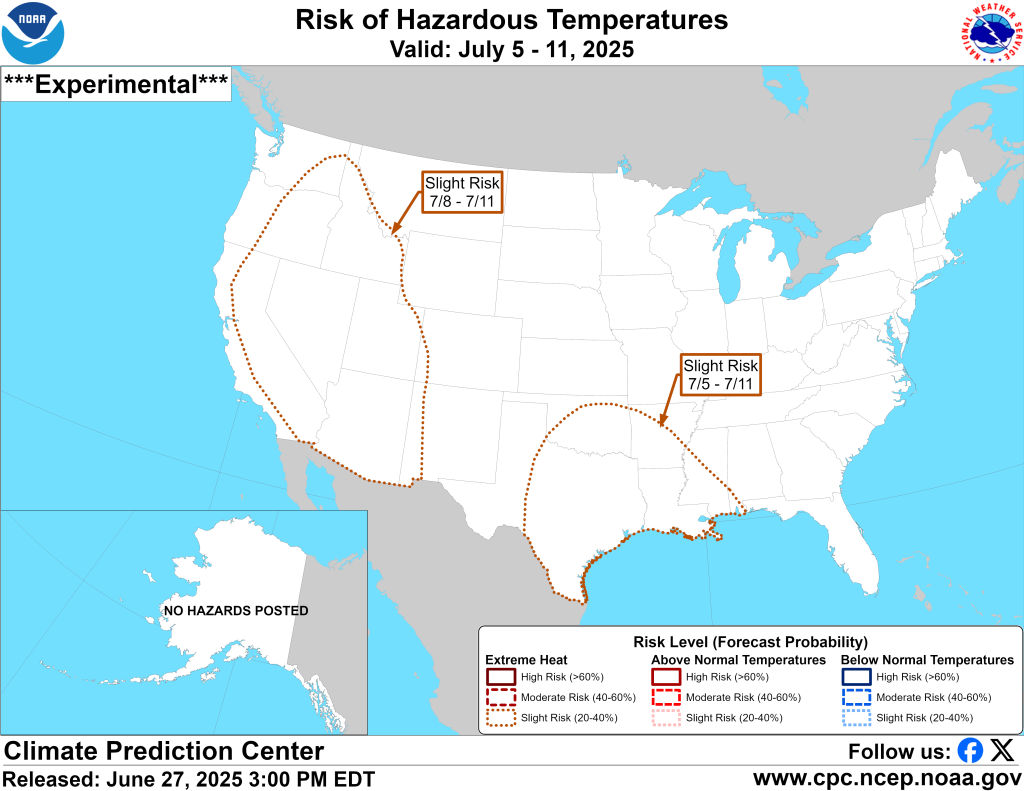
This 2025, America is heading into what could be one of its most challenging summers in recent memory, with NOAA’s forecast leaving no region untouched by the heat. Infrastructure systems built for a different climate are being tested to their limits. Energy grids face unprecedented demand as air conditioning becomes a necessity rather than a luxury. Water supplies in some regions will face additional stress. Communities have limited time to prepare. Air conditioning systems need maintenance checks now, not when they’re already failing. Emergency plans need final reviews, and neighborhoods need to identify their most vulnerable residents before the worst heat arrives.
Read More: Scientists Propose Releasing 12 Million Tons of Particles Into Atmosphere to Combat Climate Change

